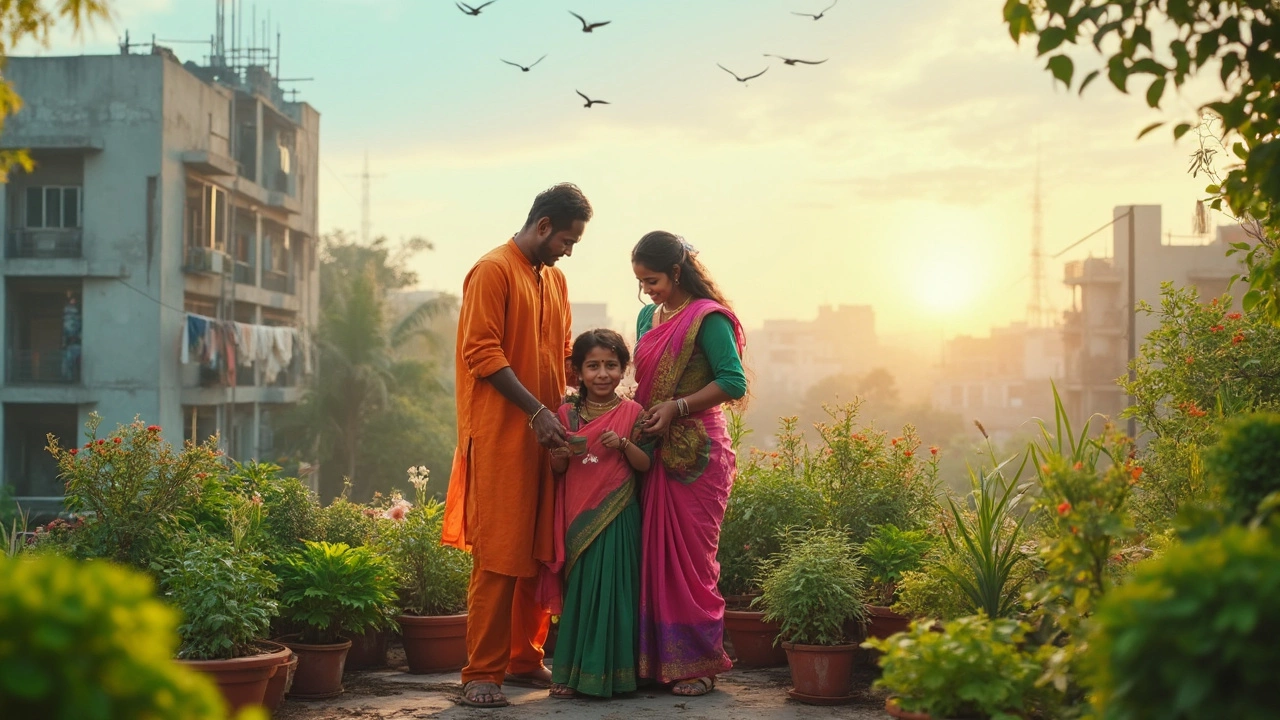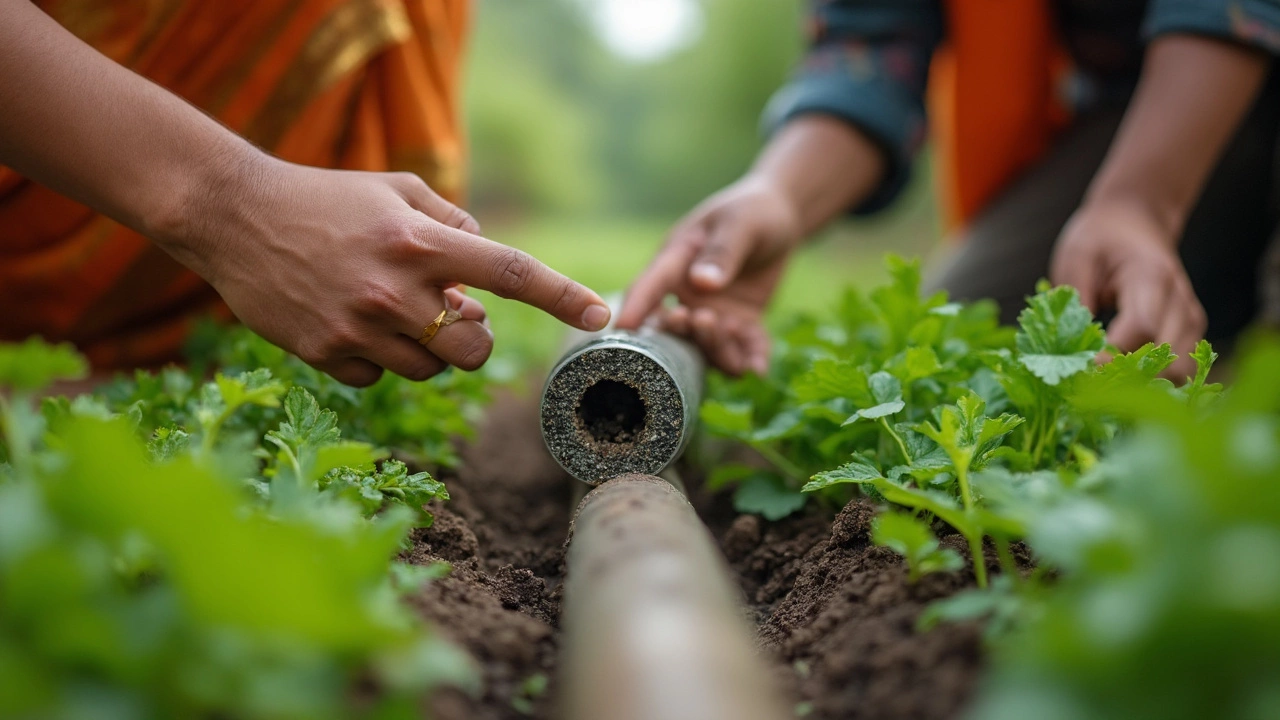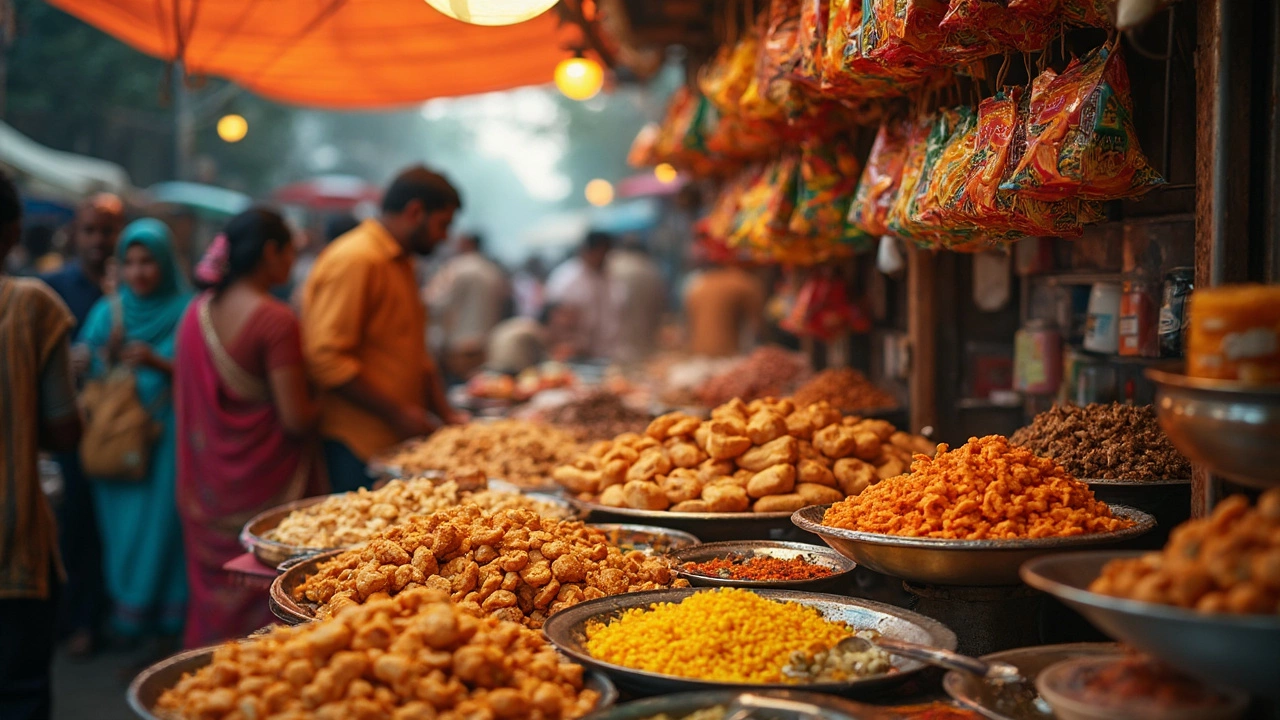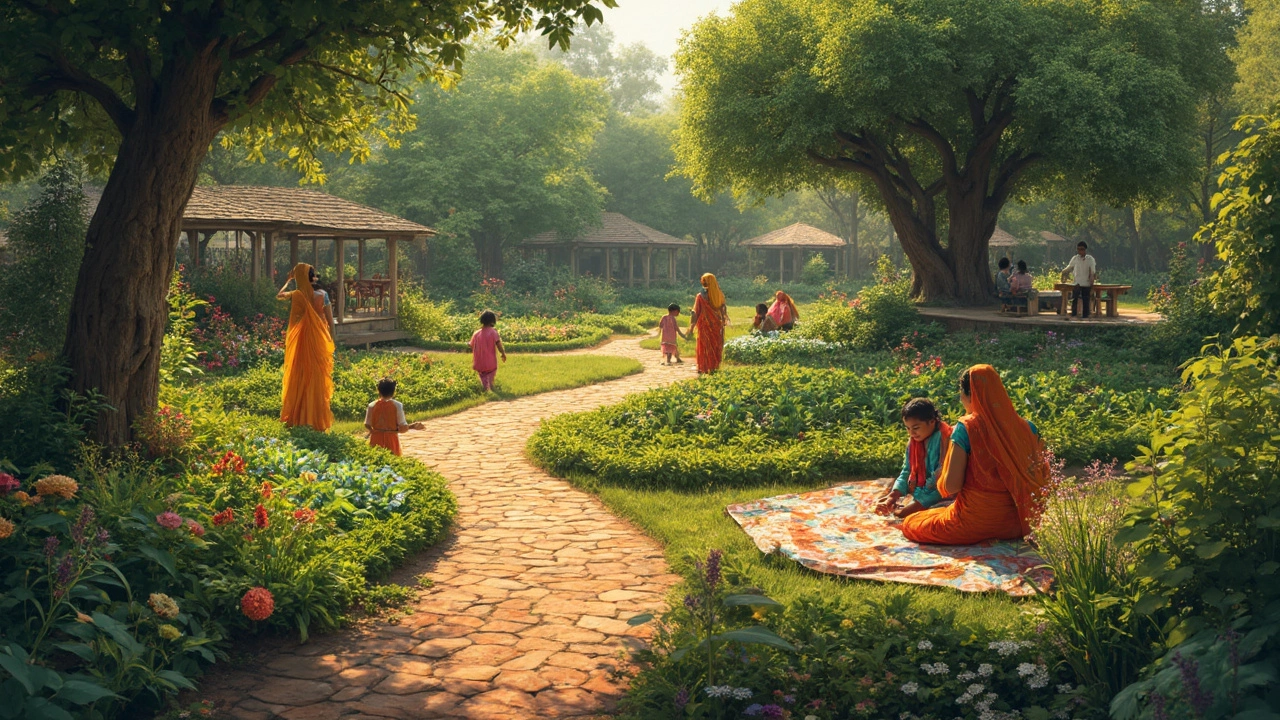Best Time to Plant: When to Sow for Maximum Success
When you hear the phrase best time to plant, what comes to mind? Is it the first warm sunrise in spring, the first monsoon drop, or the moment your garden bed feels just right? Best time to plant, the optimal window for sowing seeds or transplanting seedlings based on climate, soil, and crop needs. Also known as ideal planting window, it guides growers to match plant growth cycles with local weather patterns. Getting this right can mean the difference between a barren bed and a bumper harvest.
One of the first related ideas is seasonal planting, the practice of aligning sowing dates with the natural seasons to take advantage of temperature and daylight. Seasonal planting requires a good sense of local climate trends, especially the shift from cool to warm temperatures. For most Indian gardens, the transition from February to April signals the start of the primary planting season for cereals, pulses, and many vegetables. Another key piece of the puzzle is soil moisture, the amount of water held in the soil profile that plants can access for germination and early growth. Soil that is too dry will stunt seed sprouting, while overly soggy soil can rot roots. Simple tests like the “hand squeeze” method let you gauge moisture without fancy tools.
When you combine seasonal planting with accurate soil moisture readings, you create a reliable framework for timing. This framework encompasses the need for proper irrigation, which leads us to drip irrigation, a low‑flow watering system that delivers water directly to the root zone. Drip irrigation reduces water waste, maintains steady soil moisture, and is especially useful during the hot pre‑monsoon months when evaporation rates are high. Installing a basic drip line can turn a risky planting window into a safe, productive period.
Key Factors that Influence Planting Timing
Beyond climate and water, the type of garden you run matters. If you’re growing in container gardening, cultivation of plants in pots, tubs, or other portable containers, the best time to plant can shift by a few weeks because containers warm up faster than the ground. This means you can start lettuce or herbs in late winter, even before the outside soil reaches ideal temperatures. The container environment also lets you control soil moisture more precisely, which ties back to the benefits of drip irrigation.
Another factor is the specific crop’s growth cycle. Fast‑growing radishes need only a cool spell of 10–15 °C, so sowing them as soon as the soil can be worked gives quick results. Long‑season crops like okra or eggplant demand a warm window of at least 25 °C for several weeks, pushing their planting date into late spring or early summer. Understanding each plant’s temperature thresholds helps you slot it into the right seasonal slot.
Local weather forecasts are a handy tool, but historical patterns are more reliable for long‑term planning. Look at the average last frost date for your region; planting a week after that date generally ensures seedlings aren’t shocked by a sudden cold snap. In many parts of India, the last frost risk disappears by early March, opening the gate for most vegetables. Pair that with a rain forecast, and you can decide whether to rely on natural precipitation or supplement with drip irrigation.
Now, let’s talk about soil preparation. Before you sow, work in organic matter like compost or well‑rotted manure. This improves soil structure, boosts water‑holding capacity, and creates a healthier environment for microbes that support plant growth. A well‑prepared bed reduces the need for frequent watering, meaning your drip system can run on a slower schedule, conserving both water and energy.
To sum up, getting the best time to plant right involves three main steps: (1) match your crop to the seasonal window, (2) ensure soil moisture is optimal, and (3) use efficient irrigation like drip lines to keep conditions steady. When you follow this loop, you’ll see stronger germination, fewer diseases, and overall better yields.
Below you’ll find a curated collection of articles that dive deeper into each of these topics—how to test soil moisture, when to water container gardens, the science behind no‑till methods, and even tips for choosing the easiest flowers to grow. Whether you’re a beginner or a seasoned grower, the insights here will help you lock in the perfect planting window for the next season.
Best Season for Planting in India: Your Guide to Seasonal Plants
Choosing the right season for planting can make or break your gardening journey in India. With unique climates ranging from the Himalayan north to the tropical south, knowing when and what to plant is crucial. This article breaks down the best planting seasons, offers practical tips, and busts myths about timing. Whether you’re working with a balcony or a backyard, you’ll find strategies to get the most from every seed. We’ll help you grow stronger, healthier plants with less hassle.
- manufacturing
- India
- food processing
- garden tips
- rice cultivation
- government schemes
- balcony garden
- urban gardening
- balcony gardening
- profitable business
- business ideas
- plastic manufacturing
- drip irrigation
- plant care
- steel manufacturing
- sustainable gardening
- startup ideas
- steel industry
- flower gardening
- textile manufacturers






